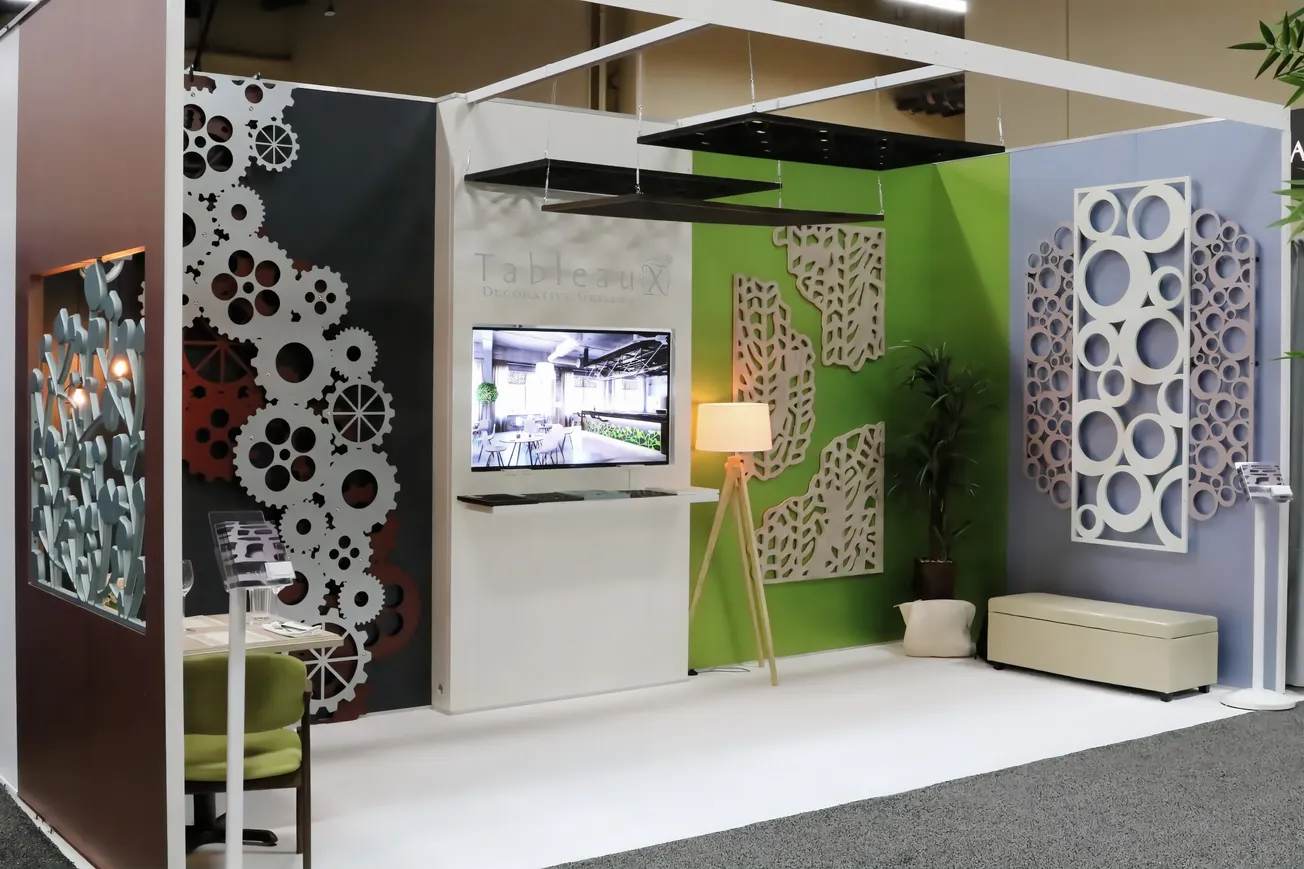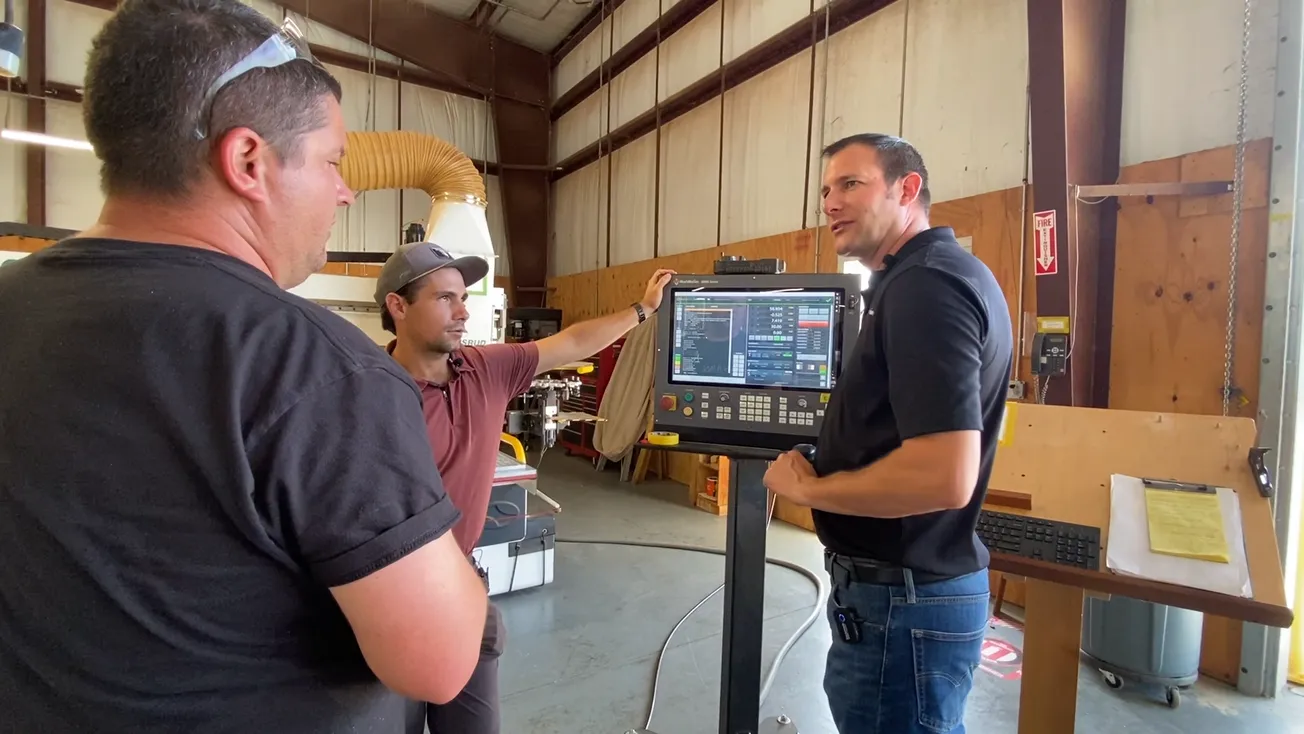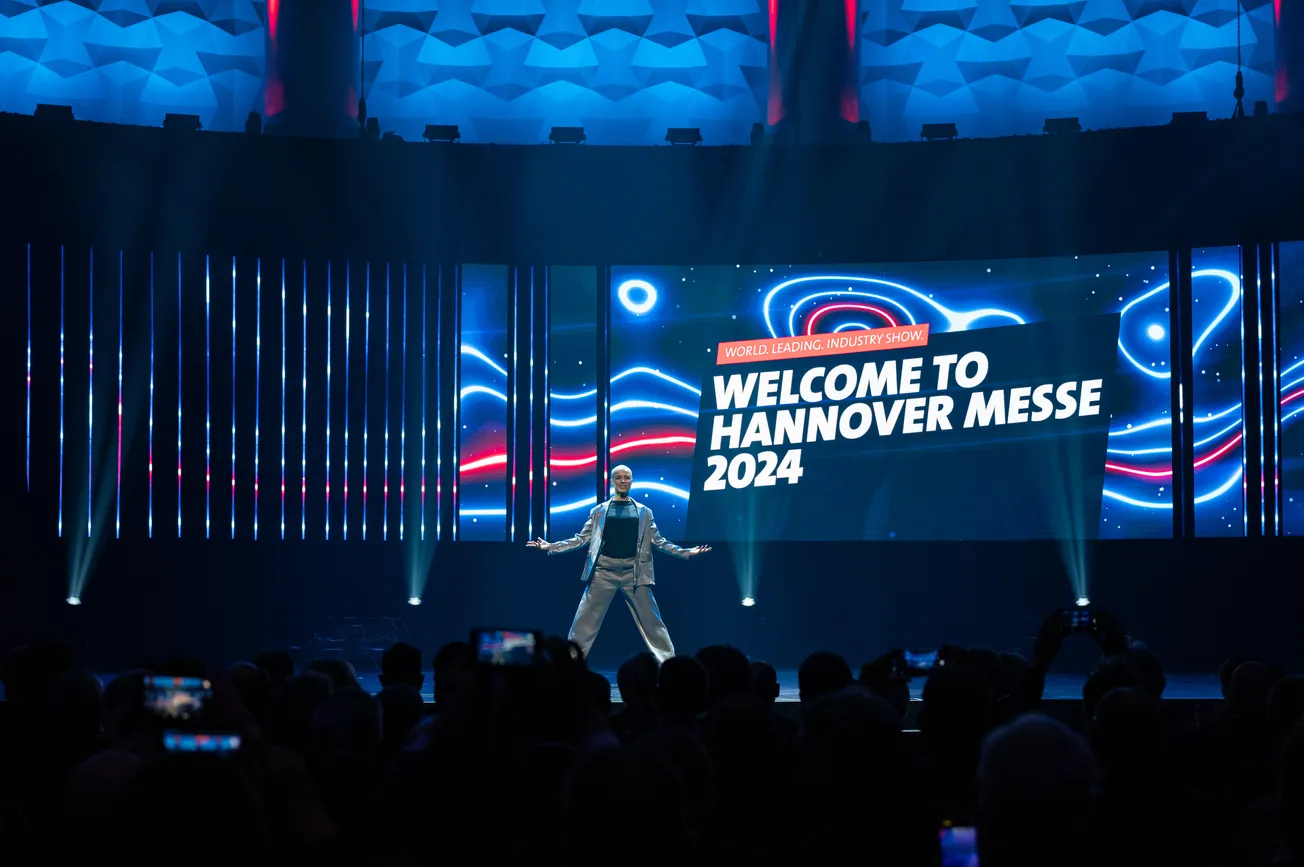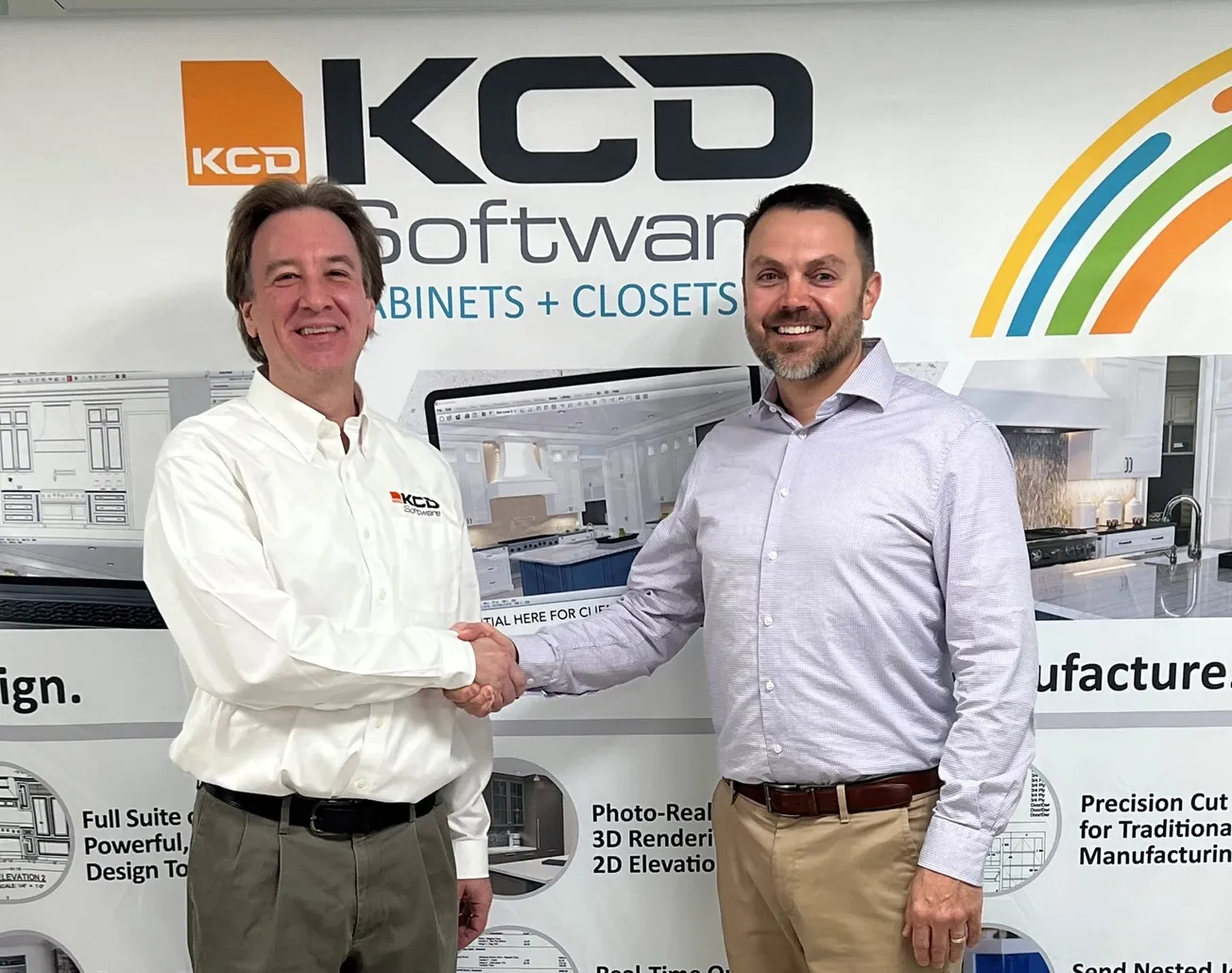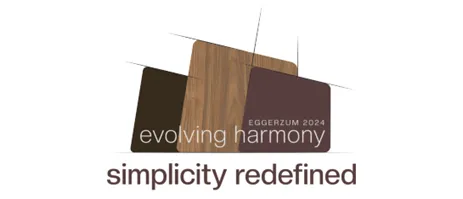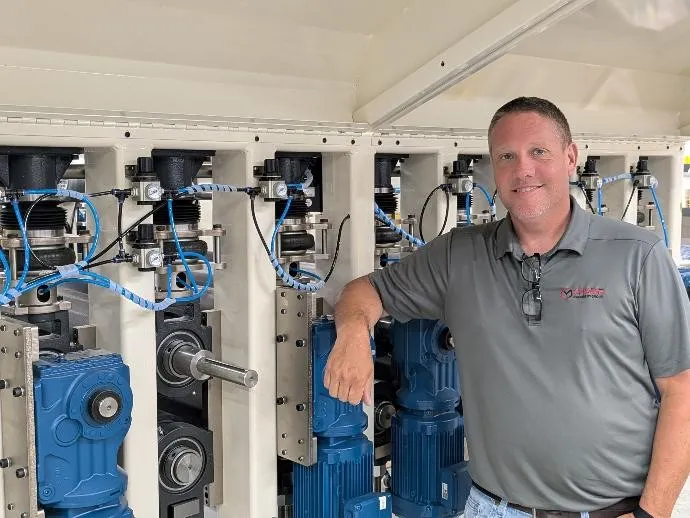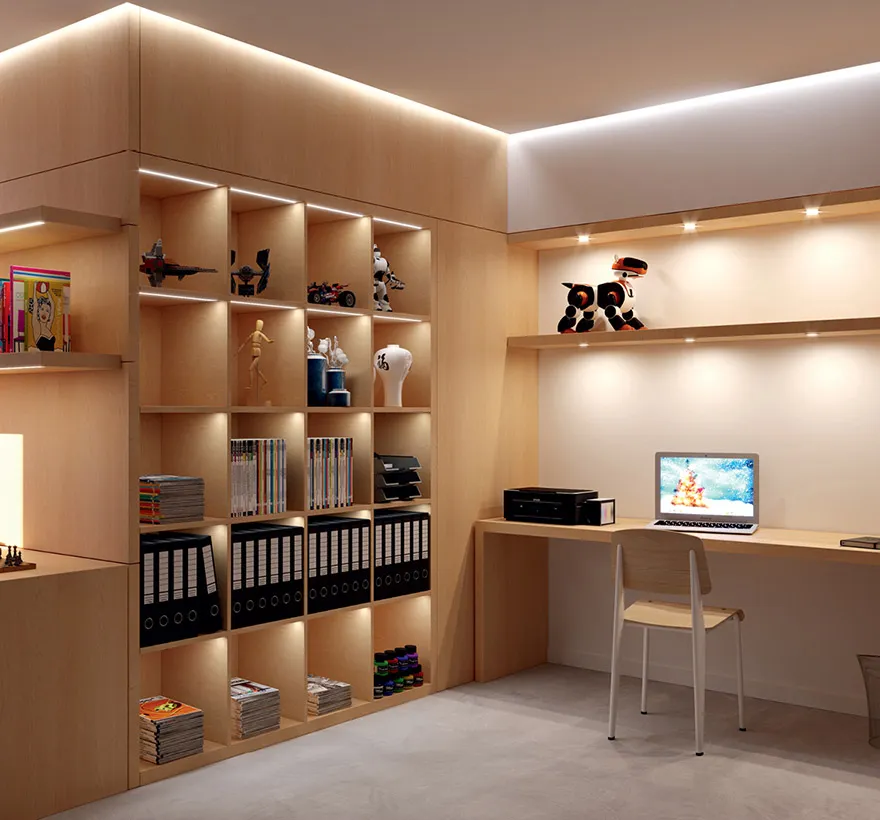Table of Contents
Advances in Coating Technology
by Suzanne Van Gilder
Inert coating technology. The name sounds rather unassuming, but the implications for this relatively new process of sealing composite wood panels are pretty exciting. In the most practical sense, inert coating equipment offers considerable cost savings and efficiencies when compared to traditional roll coating lines. Yet the process, which can impart texture, is also an elegant way to prepare a board for digital printing. Last year Cefla introduced inert coating technology to North America as a solution particularly well suited for manufacturers of wall paneling, ceilings and flooring.
The Basics
The Sorbini equipment used in inert coating applies and UV-cures a thick layer (up to 120 g/meter²” depending on the performance requirements of the finished piece) of coating to a composite wood panel in a single pass. “To apply that type of thickness of material, you generally need four or five passes of regular roll coating. Often that is done with a series of machines. We can do it in one pass with this machine.” says Massimo Di Russo, vice president of Cefla North America. “So there are immediate advantages in the cost of operation and the footprint.” When the board enters the process, a thick coating of material is applied via a standard roll coater. The magic happens in the curing step, where UV light works in tandem with belt technology to thoroughly cure, and add texture to, the coating on the surface of the board.
“It is possible to cure a thick layer of coating with a standard UV light, but there would be a lot of orange peel. It would be wrinkly and would start cracking after a period. It is a not a good look.” says Di Russo. “So to get it smooth again for the next coat, it is necessary to sand the surface, and probably take off half the material that was put on in the first place. Which is why it takes so many passes to build up a thick coat with traditional curing. When parts come out of the inert coater they are completely cured after the first pass. Less wasted material, fewer process steps, less labor.”
The UV coating material used in inert coating can be customized to meet the demands of a variety of end uses, from flooring to ceilings. Although the formulation is different than standard UV material, Cefla provides the specs to any coating manufacturer, making it easy to procure.
Inline with Digital Printing
In addition to inert coating, Cefla is working to advance direct digital printing technology. Closer examination of the processes shows how they complement each other. “Replicating rosewood is a good example. Genuine rosewood is extremely expensive, difficult to find, and in most cases, it’s illegal. So it is prohibitive, “says Di Russo. “We have a customer in Europe that used the inert coating technology in combination with digital printing to create large panels for hotel lobbies that look like rosewood, but are actually coated and digitally printed MDF. Even at a short distance you cannot distinguish which is real by sight or by touch. It is extremely cost-effective compared to other materials.”
The first step is inert coating, which imparts texture prior to the printing process, rather than embossing after. Next, the piece goes to the digital printer where both the edges and the surface of the panel are printed with the desired image.
Roy Pagan recently brought his expertise in digital printing technology to the Cefla North America finishing division. “Traditional laminates are printed with rotogravure, which uses between one and four engraved cylinders to replicate a natural material. When the printing is done, the pattern is repetitive and there is not a lot of dimension,” says Pagan. “Digital printing recreates high-resolution images. With the scanning technology available today, it is possible to take images of samples of a wood species and manipulate the files so that characteristics like light-play and shadow can be captured. The texture of the inert coating adds tactile fidelity. And repetition is eliminated.”
For companies interested in digital printing, it is not necessary to have scanning and digital manipulation capabilities in-house. Many firms, such as Lizza Studios in Forty Fort, Pa., specialize in digitizing samples. Lizza uses a Cruse CS285St Fine Art Scanner and manipulates the image to create the desired aesthetic. The digital printer then automatically translates – or “rips” the native file, so no further programming is needed.
After the printing process, the board is top-coated in accordance with the demands of the end use. The result is a panel of commodity board transformed into a high-profit finished product.
Inert coating technology can be applied to a variety of composite wood materials, MDF, HDF, particleboard, honeycomb and more. The process offers considerable cost savings and efficiencies in terms of floor space, electricity, CO2 emissions, labor and coating material. Altogether, Cefla estimates inert coating technology reduces environmental impact by 75 percent compared to traditional roll coating lines. Applied in-line with digital printing technology, inert coating offers producers of flooring, wall panels and ceilings a new method for adding both texture and high-fidelity design to standard composite panels.



